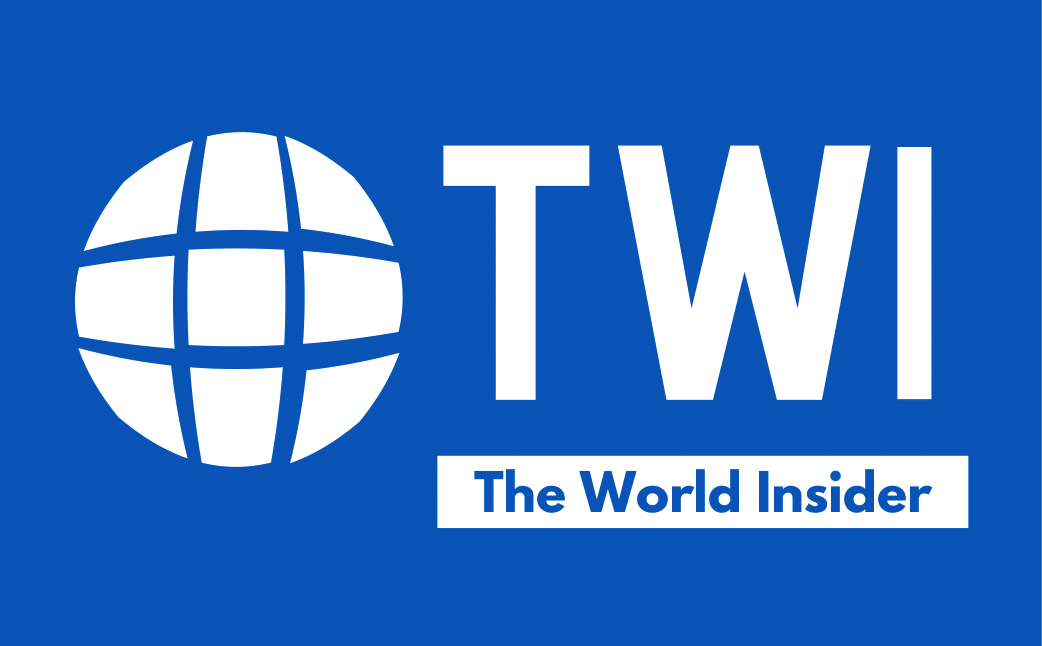Millions across the United States and Canada face hazardous and unhealthy air as wildfire smoke originating from Canada envelopes major U.S. cities.
Parts of the East Coast will continue to suffer poor air quality until at least the weekend. The smoke has been widespread and alerts include cities such as New York, Boston, Washington, DC, Charlotte, Detroit and Indianapolis.
Hazy, orange skies in New York
The photos and videos out of New York City (NYC) look like scenes from an apocalyptic movie “Mad Max” as a monstrous cloud of smoke from the wildfires engulfed the city. The skills turned orange and the visibility is extremely low.
NYC Mayor Eric Adams said that by 10 p.m. on June 7, the air quality in parts of New York City had become “very unhealthy,” rising to 218 on the Environmental Protection Agency’s Air Quality Index. New York’s air quality rating was briefly ranked as the worst of any city in the world on Tuesday, according to the IQAir World Air Quality Index.
Mayor Adams urged residents to limit their outdoor activity as much as possible while smoke lingers over the city for the next several days.
A dramatic time-lapse overlooking Manhattan showed on Wednesday how quickly the city turned orange with smoke heading southward from the wildfires in Canada.
Smoke from wildfires in Canada created conditions that cause more delays than rain or fog, the Federal Aviation Administration said. More than 1,700 flights to, from, and within the United States are being held up Thursday, according to tracking service FlightAware.
Climate action demanded – Canada’s wildfires should be ‘wake-up call’
The occurrence of smoke-filled skies and unusual discoloration in parts of Canada has triggered widespread public concern and demands for better preparedness from authorities. Caroline Brouillette, the executive director of Climate Action Network Canada, said: “It does really bring home that the climate crisis is happening here and now”.
Environmental advocates are urging Canada to take more action in addressing the underlying cause of recent devastating wildfires: climate change. “This needs to be a wake-up call,” said Salome Sane, a climate campaigner at Greenpeace Canada. “Fossil fuels are the primary cause of the global climate crisis, and our dependency on them is clearly exacerbating extreme weather events in general, and particularly in this season, the frequency and severity of wildfires,” Sane said.
NYC Mayor Adams also acknowledged climate change as an urgent issue that requires immediate attention. “While this may be the first time we’ve experienced something like this of this magnitude, let’s be clear, it’s not the last,” Adams said. “Climate change has accelerated these conditions. We must continue to draw down emissions, improve air quality and build resiliency.”
A landmark United Nations report concluded last year that the risk of devastating wildfires around the world will surge as climate change further intensifies what the report described as a “global wildfire crisis.”
Canada wildfires out of control
Over 413 wildfires, more than half of which are categorized as out of control, are currently burning across Canada as of June 8. Canadian firefighters struggle to control the raging across the country. The fires have also forced an estimated 26,000 evacuations of communities from Quebec to the Northwest Territories.
“This is a scary time for a lot of people, not just in Alberta, but right across the country, including in the Atlantic, the North and Québec, too,” Prime Minister Justin Trudeau said at a news conference. So far this year, there have been 2,214 wildfires across Canada, according to Minister of Emergency Preparedness Bill Blair. The blazes have burned 3.3 million hectares or more than 8 million acres.
Ottawa plans to launch a satellite system to monitor fires, smoke, and air quality, the government said.
Why is eastern Canada on fire?
Western Canada frequently experiences severe wildfires during the summer, exacerbated by climate change-induced vegetation dryness and atmospheric warming. The devastating wildfires of 2021 resulted in the destruction of entire towns. By the end of April 2023, significant portions of eastern Canada were unusually dry, as reported by the country’s drought monitor. Sydney, Nova Scotia, experienced its driest April on record.
This year, an exceptional factor is the extreme dryness of the forests, leading to fires that are significantly larger than usual, according to Matthew Hurteau, a biology professor at the University of New Mexico.
Lightning strikes earlier this month have been the primary cause of the fires currently burning in Quebec, with above-normal temperatures and dry conditions further fueling their spread across Canada since May.
U.S. deploys 600 firefighters to battle Canada wildfires
The U.S. has deployed over 600 firefighting personnel to Canada help tackle more than 400 wildfires, the White House said.
White House press secretary Karine Jean-Pierre said that President Biden has been regularly updated on the Canadian wildfires and he has directed his team to provide impacted communities whatever support they need.




